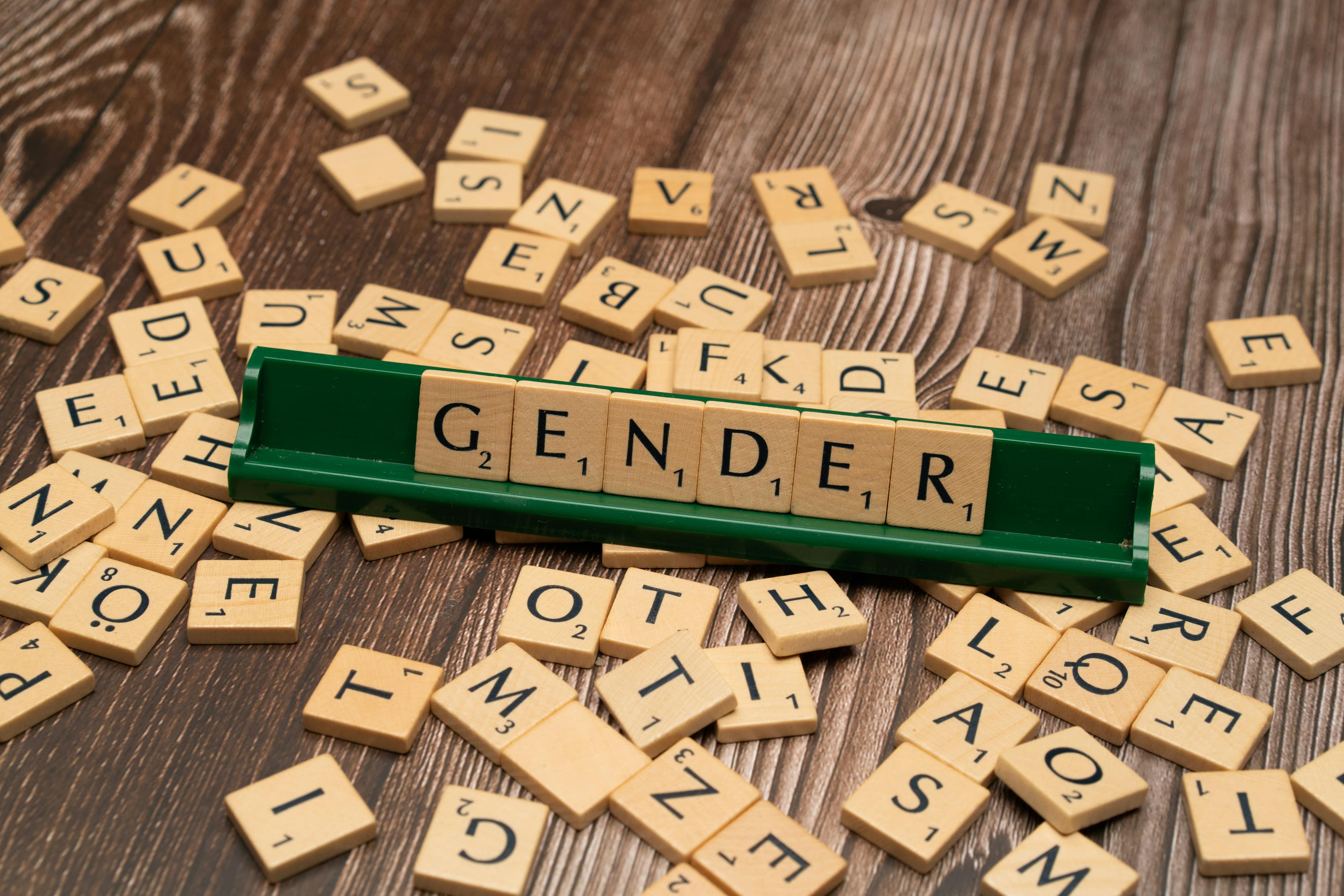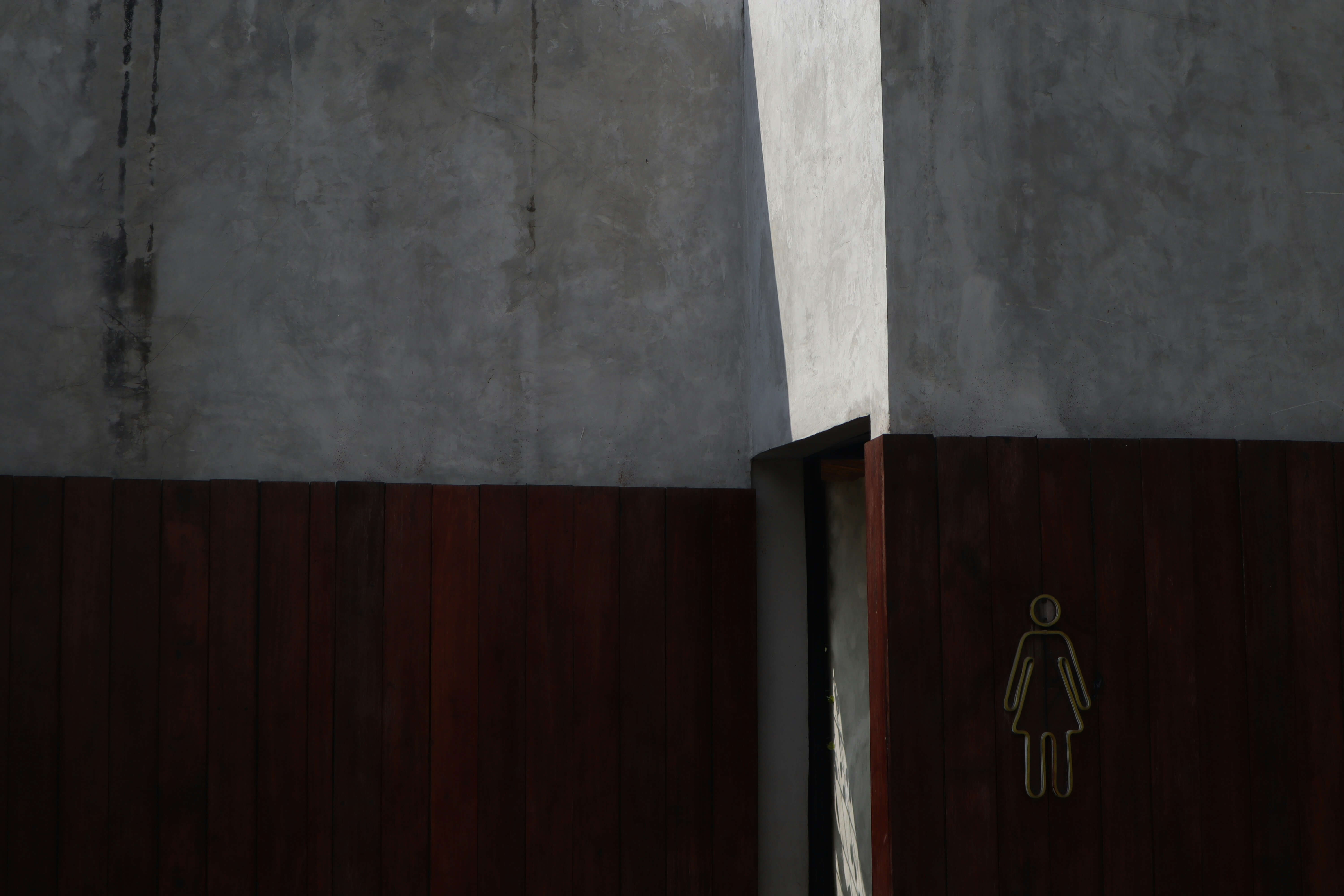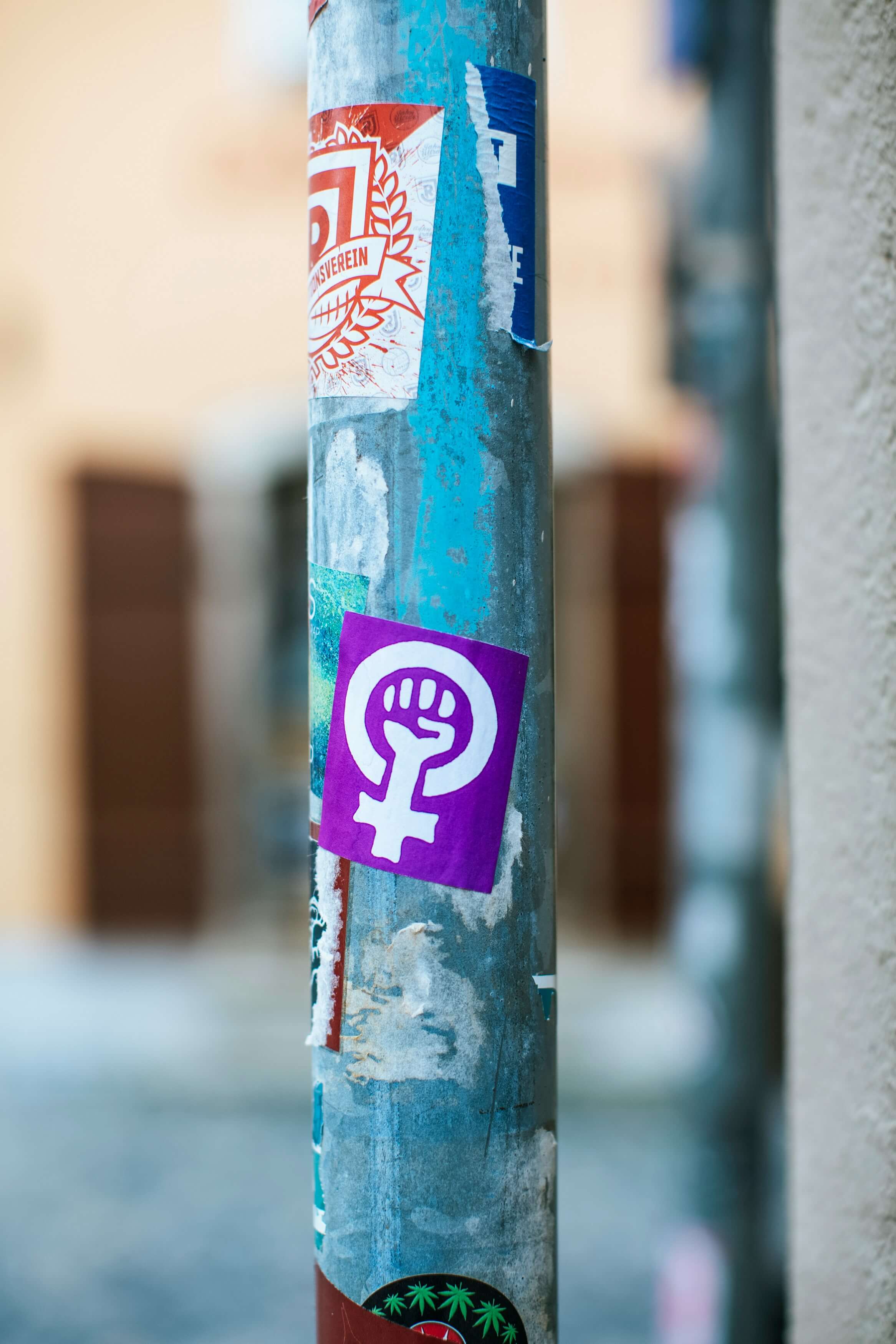Gender Equality in the Middle East: Progress and Challenges Ahead

Human rights and social progress both depend on gender equality. Significant progress has been made worldwide in ensuring that people of all genders have equal access to opportunities, rights, and protections. The Middle East's path to gender equality has been intricate and multidimensional, influenced by ingrained political, religious, and cultural elements. Even though there has been significant progress recently, there are still many obstacles to overcome. Promoting ongoing constructive change requires an understanding of this dynamic environment.
Recognizing the Situation
Each of the many nations that make up the Middle East has its own socioeconomic systems, political systems, and cultural norms. These variations have an impact on the type and speed of gender-related reforms throughout the region. Women's participation in public life has historically been restricted in some places by conservative interpretations of social and religious traditions. However, many governments have been prompted to reevaluate gender-related policies due to the push for modernization, global integration, and economic development.
Areas of Progress
1. Access to Education
Women's education has advanced significantly over the last 20 years. The number of women attending universities has increased in nations like Saudi Arabia, the United Arab Emirates, and Jordan. Women now outnumber men in higher education institutions in a number of Middle Eastern nations, according to UNESCO.
More opportunities for leadership positions in a variety of industries and increased workforce participation have been made possible by this educational advancement.
2. Reforms in the Law
Laws have been passed by some governments to improve the rights of women. For example, Saudi Arabian reforms have allowed women to drive and travel without the consent of a male guardian. Morocco and Tunisia have improved the legal status of women in areas such as divorce, inheritance, and protection from domestic abuse.
These modifications reflect a growing understanding of the role that gender equality plays in the advancement of a country.
3. Engagement of the Workforce
Women's workforce participation is steadily rising, despite still being below global averages. Initiatives to encourage gender diversity in the workplace, such as leadership programs and quotas, have been implemented in nations like the United Arab Emirates and Bahrain.
Women now have more options thanks to remote work and digital entrepreneurship, particularly in conservative communities where working from home may be socially stigmatized.
4. Leadership and Representation
The presence of women in leadership and political positions is growing. Women have served as ministers in Lebanon, and there are a sizable number of female ministers in the UAE's cabinet. There is a growing movement to support gender-balanced representation in public office and in parliament.

Ongoing Challenges
1. Inequalities in the Law
Many laws in the area still exhibit gender biases in spite of reforms. For instance, family laws in a number of nations still give preference to men when it comes to matters like inheritance, divorce, and child custody. Laws in some places mandate that a woman's testimony in court be given less weight than a man's.
Traditional beliefs and societal expectations frequently oppose legal reforms, which can impede their advancement.
2. Social and Cultural Norms
Cultural traditions have a strong hold on gender roles. In certain cultures, women's opportunities are still restricted by expectations regarding their conduct, dress, and duties. Women may be deterred from pursuing leadership positions, education, or jobs by honor-based social structures and the stigma associated with gender roles.
Particularly among younger generations, these norms are gradually changing.
3. Financial Obstacles
In the Middle East, many women deal with economic issues like disparities in pay, restricted access to capital, and a lack of employment options. Their economic participation is further restricted by discrimination at work, transportation obstacles, and the lack of reasonably priced childcare.
Women-led small and medium-sized businesses frequently face obstacles in obtaining capital and access to markets, which limits their ability to expand.
4. Engagement in Politics
Women still encounter barriers to full political participation in many nations. Women's ability to run for office or have an impact on policy decisions can be limited by electoral systems, political party dynamics, and societal attitudes. Women are still underrepresented in some local councils and national legislatures.
Gender Equality and Youth
In the Middle East, youth are becoming more and more involved in the fight for gender equality. They are dispelling antiquated conventions and advancing inclusive values via social media, education, and civic involvement. Safe spaces for empowerment and conversation are being established by grassroots movements and youth-led projects.
Governments and communities can encourage long-term cultural change that supports gender balance by making investments in youth education and leadership.
The Function of Media and Technology
Digital platforms are raising awareness of gender issues and amplifying voices. Social media, podcasts, and blogs are being used by women to advocate for change, share stories, and increase awareness. Additionally, technology gives people access to tools for entrepreneurship, job training, and education.

Regional Collaboration and Worldwide Impact
Through financial support, information exchange, and policy recommendations, international cooperation has aided Middle Eastern efforts to promote gender equality. Global frameworks, such as the Sustainable Development Goals (SDGs) of the United Nations, encourage nations to implement gender-sensitive policies and track their progress.
The development of agreement and support for gender reforms is being aided by regional partnerships, such as forums and research projects.
Looking Ahead
In the Middle East, achieving gender equality calls for a comprehensive and inclusive strategy. Further advancement will be contingent upon:
Long-term legal changes
Initiatives for awareness and education
Inclusion of the economy
Participation in politics
Cultural change
Communities, educators, civil society, and governments all have a part to play in fostering conditions that allow people of all genders to flourish.
Concluding remarks
In addition to being a fundamental component of sustainable development, gender equality is a human rights imperative. Despite its particular difficulties, the Middle East is a place of creativity, resiliency, and a burgeoning equity movement. A more equitable and balanced future is attainable by building on achievements and tackling challenges with candor and collaboration.